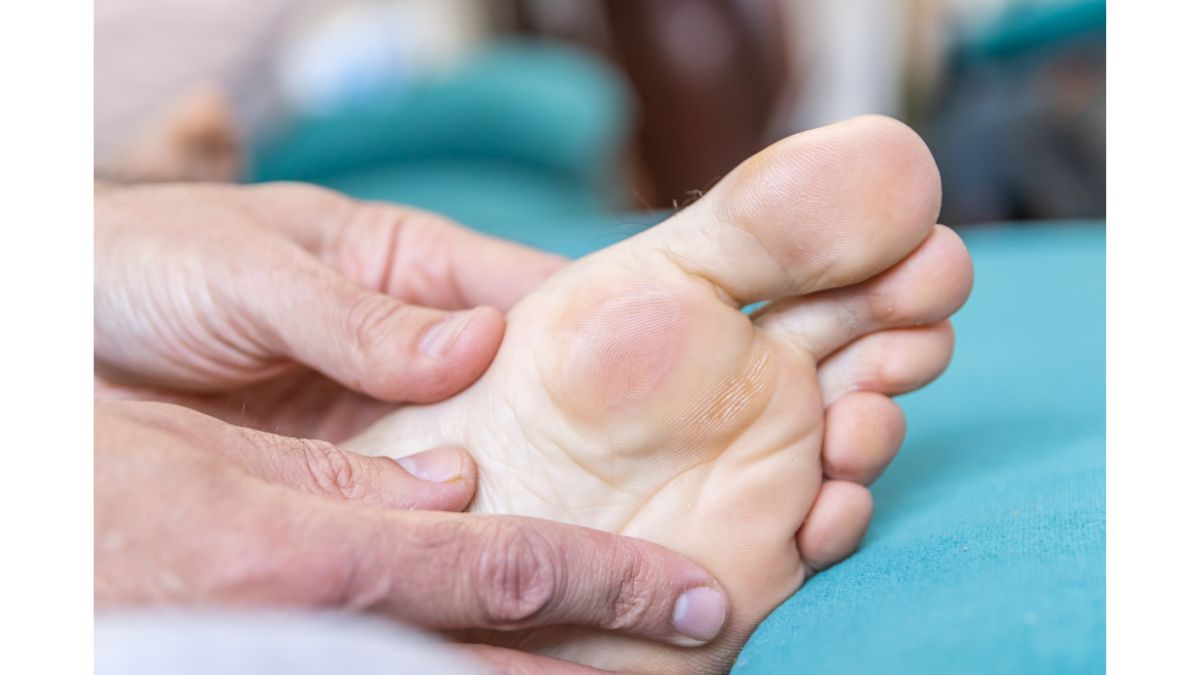- By Prerna Targhotra
- Sat, 30 Nov 2024 11:08 AM (IST)
- Source:JND
Health Problems Caused By Walking: Almost anyone can walk, regardless of fitness level and it provides a low-impact way to be active without running the risk of experiencing severe strain. However, if done improperly or excessively, even something as natural as walking can cause health problems. Even though walking is not intrinsically bad for you, several things like poor technique, wearing inappropriate shoes or walking on hard surfaces can lead to several health issues.
It is essential to comprehend the possible risks associated with walking to guarantee that it remains a healthy and injury-free pastime. Here is a list of certain health problems caused by walking that you should know.
Health Problems Caused By Walking
Joint Pain
For regular walkers, joint pain is a common problem, especially in the lower back, hips and knees. Despite being seen as a low-impact activity, walking on hard surfaces or over long distances can nonetheless put repetitive strain on the joints.
Foot Blisters
People who walk frequently are at risk of getting blisters, especially if their shoes don't fit correctly. Blisters can be excruciating because of the continuous friction between the skin and the shoe, particularly on the toes and heels.

Health Problems Caused By Walking (Image Credits: Canva)
Lower Back Pain
Walking can improve posture and develop your lower back muscles, but poor walking form can also cause back pain. Walking with an unbalanced gait and bad posture, such as slouching or leaning forward are common causes of lower back pain.
Shin Splits
Shin splints can result from walking on hard surfaces, uneven ground or uphill or downhill slopes. They can result in more serious injuries like stress fractures if they are not properly rested and recovered from.
ALSO READ: 5 Body Changes That You May Notice After Walking For 30 Minutes Daily
ALSO READ: 4 Effective Walking Tips That Help Burn More Calories Than Cardio Or Any Other Exercise
(Disclaimer: This article is for informational purposes only. It is not a substitute for professional advice, diagnosis or treatment.)

